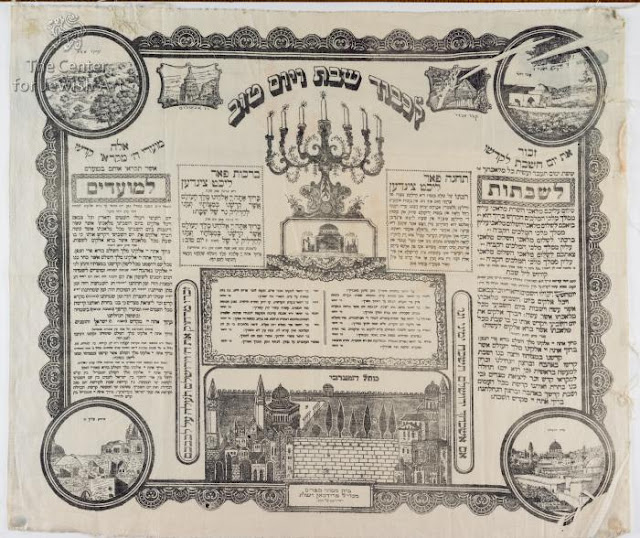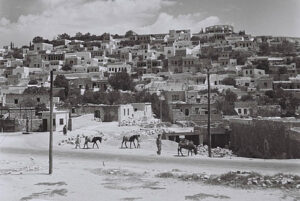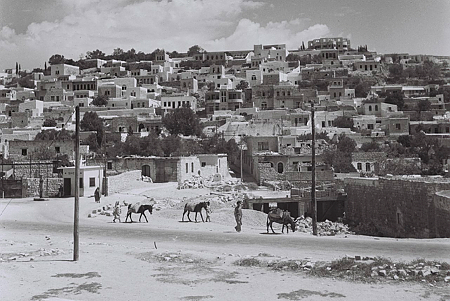fncceo
Diamond Member
- Nov 29, 2016
- 43,023
- 35,726
Regional war, massive casualties, eventually, PERMANENT Israeli control of all the land.
We can only hope.
Follow along with the video below to see how to install our site as a web app on your home screen.
Note: This feature may not be available in some browsers.
Regional war, massive casualties, eventually, PERMANENT Israeli control of all the land.
How is it that
- Hamas attacks Israel first
- Hezbollah attacks Israel first
- Iranian backed Syrian groups attack Israel first
- The Houthis shoot rockets at Israel first
And Israel is framed as the aggressor?
To the idiots who say Israel started - either in Jerusalem over the past few years, or in 1967, or in 1948. No doubt you would also claim that the Jews started the riots in 1929 as well.

Here is one of the challah covers from Jews in Jerusalem circa 1925, where the Dome of the Rock is shown behind the Kotel (Western Wall) which is featured.For some time, Jewish institutions of Jerusalem had given their supporters abroad items such as Challah covers and Passover Seder tablecloths featuring imagery of the Dome of the Rock either below or emblazoned with Jewish symbolism such as the Star of David and the Temple menorah. Zionist literature published throughout the world had also used provocative, Judaized imagery of the Dome of the Rock. One Zionist publication featuring a Jewish flag atop the Dome of the Rock was picked up and redistributed by Arab propagandists.







 fathomjournal.org
fathomjournal.org
 fathomjournal.org
fathomjournal.org
No thanks. I like finding new information about that time and posting it here.Let's close this thread.
The Arabs lost.
They will always lose.

So the British secretly conspired to wrest Palestine from the Arabs and give it to the Jews a decade before Balfour? That's big news! Why don't the Jews know about this?PARTITIONING OF THE ARAB EAST
In light of the strong European colonial competition, Britain called for the formation of a high committee of seven European countries. The committee submitted its report in 1907 to British Prime Minister Sir Henry Campbell-Bannerman. The report asserted that the Arab countries and the Muslim-Arab people living in the Ottoman Empire presented a very real threat to the colonial countries. The report made the following recommendations:
1. To promote a state of disintegration, division and separation in the region.
2. To establish puppet political entities under the aegis of the European imperialist countries.
3. To combat all kinds of unity (intellectual, spiritual, religious, or historical) and find practical means to divide the region and inhabitants from each other.
4. To ensure the implementation of the previous recommendations, to create in Palestine a "buffer state" which would be populated by a strong, foreign human presence hostile to its neighbors and friendly to European countries and their interests.
It could be strongly concluded, beyond any doubt, that the recommendations of the Campbell-Bannerman High Committee did in fact pave the way to Palestine for the Jews. They also gave British foreign policy and the Zionist movement the green light to annex Palestine from the other Arab lands and thereby create the nucleus of a colonial entity that would ensure the colonialists' influence in the region.
